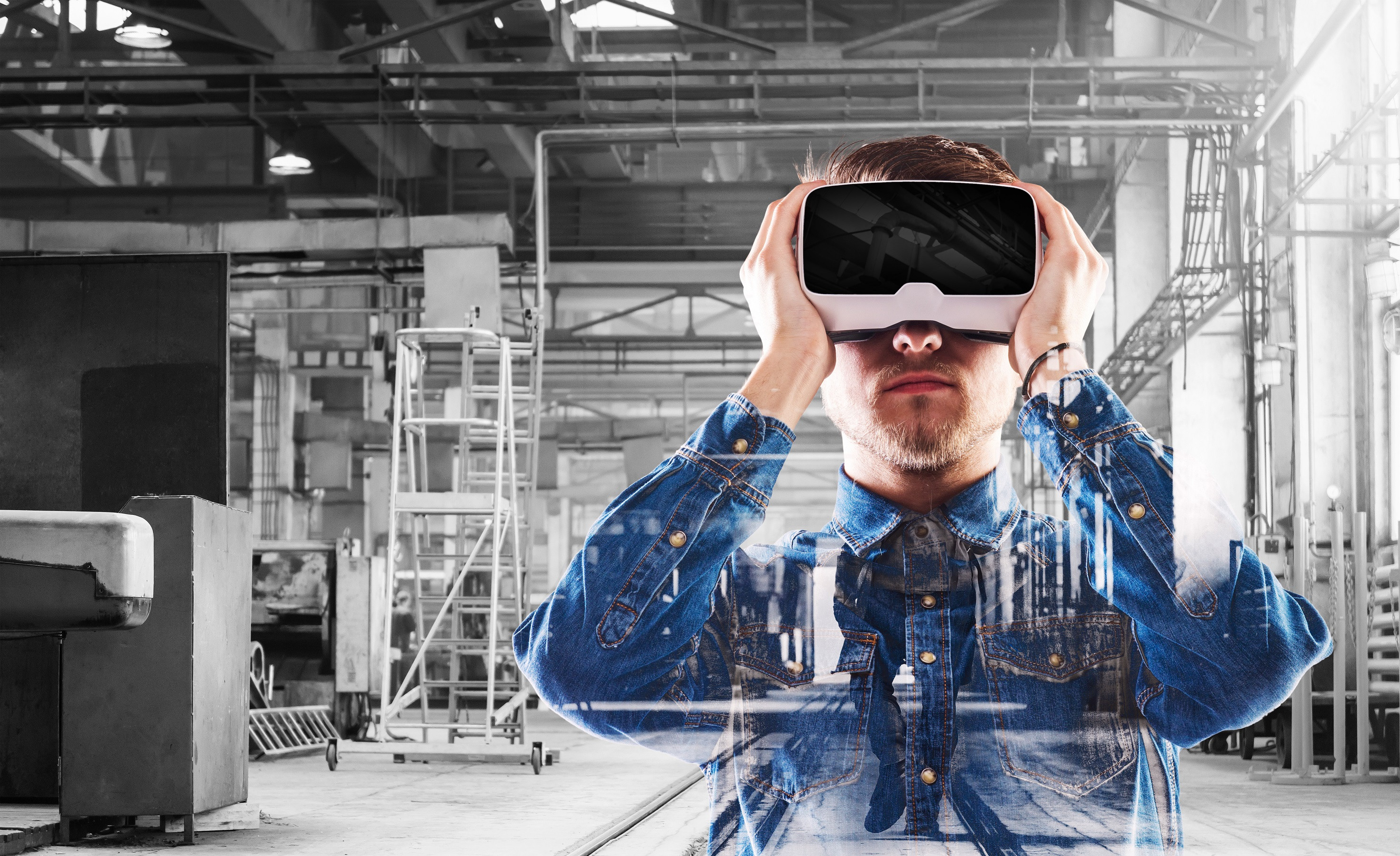Why is the allure of virtual reality in the enterprise becoming increasingly difficult to resist for many marketers? Are there real-world use cases in business-to-business (B2B) marketing today, and will these translate into sales venues any time soon?
While some companies are active in VR and AR in the enterprise, many large businesses have been hesitant to leap into VR. This is true because the focus has been all about the technology and not as much about the potential value of these kinds of applications. Simply creating a VR application for the sake of the VR experience has no inherent value to the customer, nor does it have any value to the marketer, other than the hype it generates. After the hype wears off, however, one is left with nothing sustainable, in terms of brand association, recall or customer loyalty.
The evolution of the virtual
VR has been around for a long time. The first public experience of this kind was the Sensorama, unveiled in 1962 as a multi-sensory 3D stereoscopic movie experience that included stereo sound and even aromas to complete the “real life” simulation.
Since then, the technology has evolved substantially and is most commonly delivered in the form of a head-mounted display, which has become more popular for computer games than any other application. When one looks at virtual reality in the enterprise, we are really early in the Technology Adoption Lifecycle – in fact, we are just emerging from the “Innovation” stage and are beginning the “Early Adopter” phase. What this means is that the underlying technology is still advancing rapidly, but leading companies are willing to begin to solve important problems in this innovative way because of the significant benefits that would accrue were these early projects proven to be successful.
What is the real value of VR for marketing and sales? Well, the answer revolves around the notion of immersive experiences. When one dons a headset, all visual connection to the real world is suspended, and the user is immersed in the virtual 3D scene. (This is different from augmented reality, in which a combination of real-time views of the real world and digital objects are blended).
What this means for sales
For marketers, immersive applications are useful when complex products and solutions are difficult to understand in conventional experiences (such as presentations, or even touch-screen modes). Communicating a business outcome for complex products and solutions is extremely difficult to demonstrate “live” in the real-world with physical products or less tangible solutions (such as cloud computing, software data flows, electric grid re-routing, or molecular reactions). Demonstrating these complex solutions within a “virtual” immersive environment – such as a hospital, laboratory, data center, manufacturing plant, or oil refinery – that is contextually relevant to the user can be a highly effective way to help customers relate to what the product or solution is, how it works and why it will benefit them.
In 2017, Sirius Decisions reported that B2B salespeople’s top challenge is “their inability to communicate value differentiation.” This is why VR is starting to become a viable “early adopter” solution for many leading enterprises. Giving customers access to immersive platforms to learn about the relevant product or solution can realistically help marketers and salespeople overcome their biggest barrier to closing business.
For every company, this engagement-building with customers is a key element to developing long-lasting and lucrative relationships. At Kaon Interactive, we have identified three primary factors that contribute to successful engagement strategies:
- Multi-sensory engagement: Getting customers involved in learning about, and using, products in a way that involves multiple senses – touch, sight, sound and even smell all play a role.
- Intellectual engagement: Sharing relevant and useful information with customers so they have a meaningful experience learning about and using the company’s products and solutions.
- Emotional engagement: With B2B purchases, building an emotional connection is at least as important as creating a logical case for people to buy; and, continuing to develop emotional connections post-purchase leads to loyal customer relationships.
As an example, at Cisco Live in June 2017, Dell EMC used a VR application developed by Kaon Interactive for its enterprise prospects and customers. The application addressed a complex subject – how data centers are becoming more and more integrated to support the growth requirements of highly scalable applications and data repositories. This application uses VR to immerse the user inside the data center and look at how data flows using the cloud. End-user customers and prospects visualized their own IT transformation with converged and hyper-converged solutions, and thereby resulted in a deeper understanding of the company’s differentiated value propositions.
Conclusion
As VR hardware continues to evolve and become simpler for the mainstream, these experiences will become more useful in sales engagements. For example, Lenovo is the first to announce the availability of an all-in-one VR headset based on Google’s Daydream platform, which will deliver high-quality VR experiences with very little setup required. Another dimension of technology evolution that will dramatically impact B2B marketing is WebVR, the ability to deliver VR experiences on websites. Because of the recent launch of the Microsoft Mixed Reality platform, WebVR is now a reality and will become a pervasive VR environment for both B2C and B2B applications.
Immersive VR applications have the potential to transform the connection with between buyers and customers because they offer the ability to help them understand differentiated value by delivering the most engaging, personalized and truly useful experiences.
Source: Virtual reality is poised for big business-to-business sales













